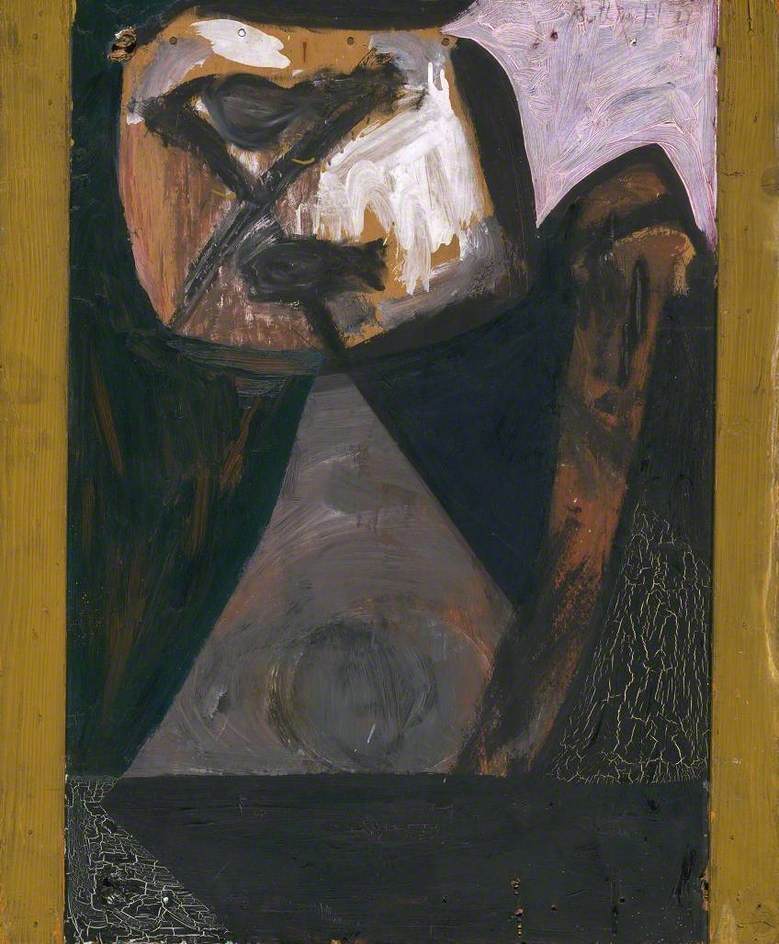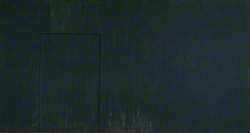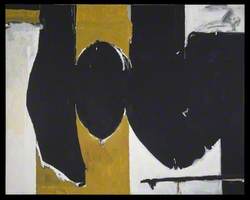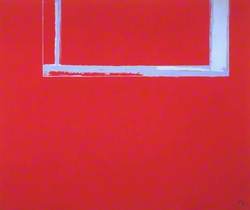How you can use this image
This image can be used for non-commercial research or private study purposes, and other UK exceptions to copyright permitted to users based in the United Kingdom under the Copyright, Designs and Patents Act 1988, as amended and revised. Any other type of use will need to be cleared with the rights holder(s).
Review the copyright credit lines that are located underneath the image, as these indicate who manages the copyright (©) within the artwork, and the photographic rights within the image.
The collection that owns the artwork may have more information on their own website about permitted uses and image licensing options.
Review our guidance pages which explain how you can reuse images, how to credit an image and how to find images in the public domain or with a Creative Commons licence available.
Notes
Add or edit a note on this artwork that only you can see. You can find notes again by going to the ‘Notes’ section of your account.
Ulysses dates from early in Motherwell's career when he was living in East Hampton, New York. It is painted on a piece of cardboard attached to part of a wooden crate. The nails and battens of this support may have helped to define the structure of the composition. Two planks of wood running down the lateral edges of the work are painted in a warm yellow ochre and frame the strong geometric shapes of the central composition. The consistency of the paintwork is varied, generating a collage-like effect of different textures. The oval shape at the top and the triangle below can be seen to make up a very simplified figure, reminiscent of the paintings of Motherwell's contemporary William Baziotes (see Tate T01693). Like Baziotes, Motherwell was attracted to Surrealism in the early 1940s and in 1942–1943 experimented with various types of automatism.
Throughout his career Motherwell dedicated a number of paintings to Joyce, sometimes, as in this instance, borrowing a title from him. In 1988 he published an edition of 'Ulysses' which he had illustrated with 40etchings ('The " Ulysses" etchings of Robert Motherwell', San Francisco, 1988). In an interview that year he explained: 'I found ''Ulysses'' at a time when I was searching for the key to a vaguely perceived modernist aesthetic that I knew I had to make my own. Joyce served my purposes then and now. If you have taken on the adventure of modernism as I have – and the history of it – there have to be a few prophets to help you when you get discouraged. You go back to them for reinforcement … Joyce is permanently on my mind.' (Motherwell, pp.285–286).
The title also makes reference to the wandering Greek hero of Homer's epic 'The Odyssey'. This story of homecoming after the Trojan war may have seemed pertinent to Motherwell in the years immediately after the Second World War. In 1976 he commented on Ulysses and two other paintings, 'Surprise and Inspiration' 1943 (Peggy Guggenheim Collection, Venice) and 'Pancho Villa, Dead and Alive' 1943 (Museum of Modern Art, New York): 'Thirty years later, only half-remembering their original impulse, what strikes me now is that the true subject matter of these three early works is a "wounded person".' (Quoted in H. Harvard Arnason, 'Robert Motherwell', revised edition, New York 1982, p.104.) In the light of this, the roughly oval shape at the top of Ulysses and the triangle below it can be seen to make up a simplified figure.
Further Reading: Mary Ann Caws, 'Robert Motherwell: What Art Holds', New York 1996 Jack Flam, 'Motherwell', Oxford 1991, reproduced in colour, plate 15 'Robert Motherwell, The Collected Writings of Robert Motherwell', edited by Stephanie Terenzio, New York 1992 Sophie Howarth June 2000
Title
Ulysses
Date
1947
Medium
Oil and cardboard on wood
Measurements
H 85.7 x W 71.1 cm
Accession number
T07137
Acquisition method
Acquired by purchase and gift from the Dedalus Foundation 1996
Work type
Painting
Stories
-
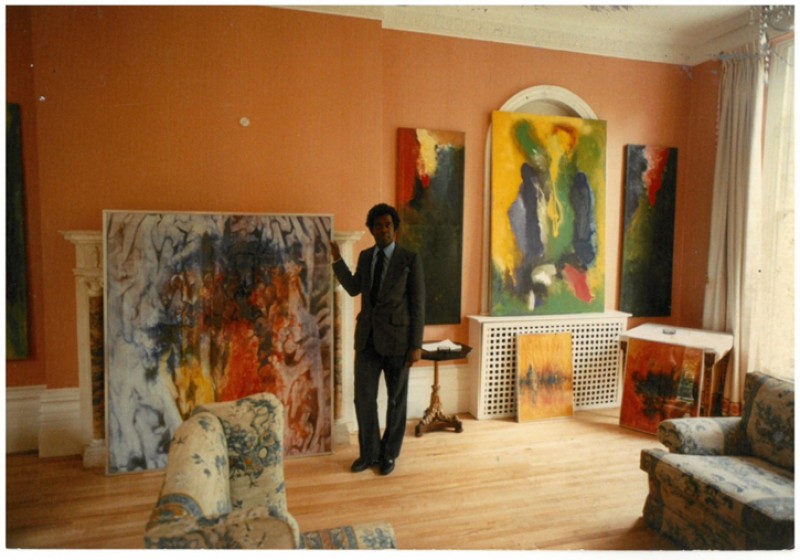 From the Renaissance to Abstract Expressionism: Winston Branch on his many influences
From the Renaissance to Abstract Expressionism: Winston Branch on his many influencesAmah-Rose McKnight-Abrams
